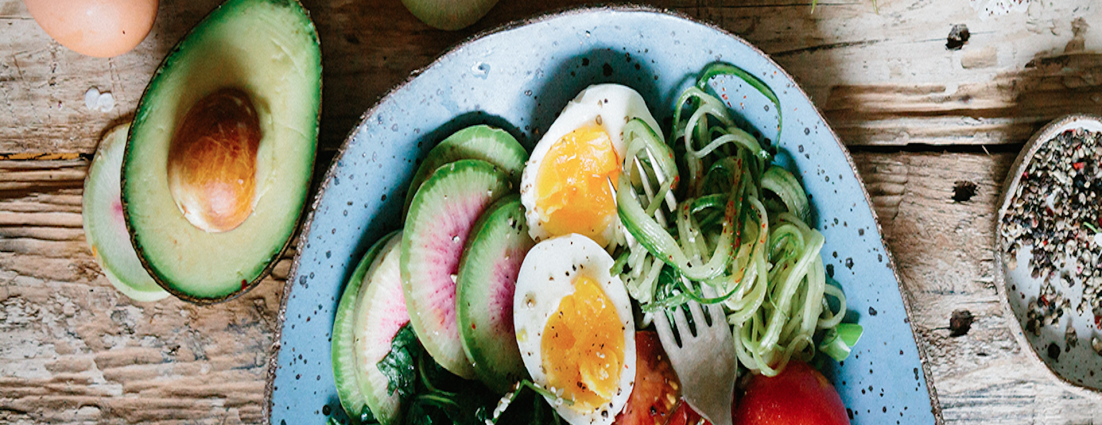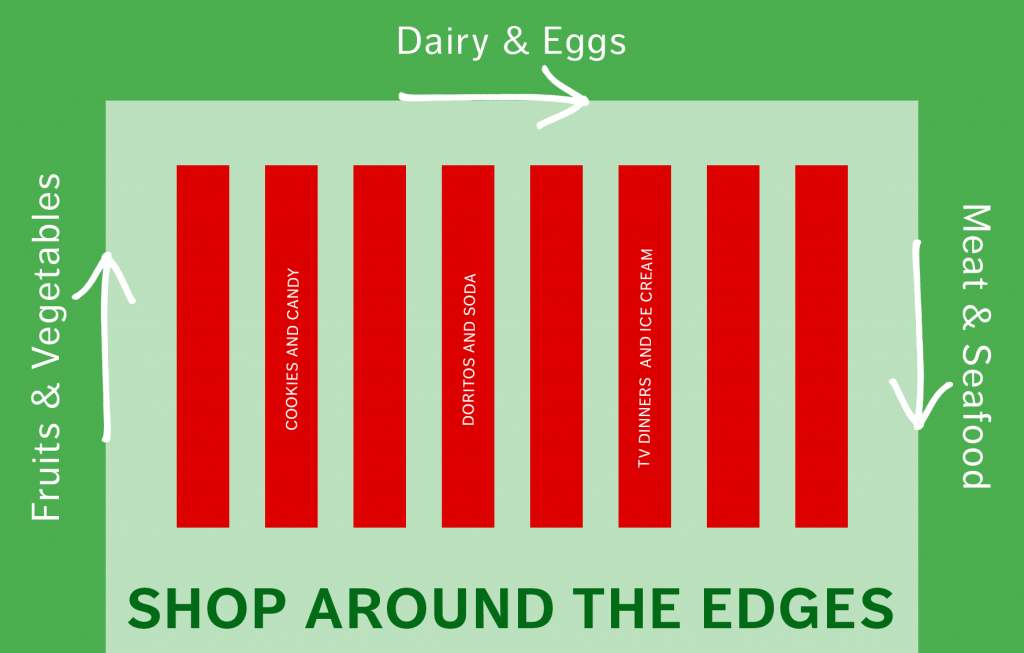5 Healthy Eating Tips
12.13.2017 | Gabbi Hall

Last month, we published “How To Eat to Compete” with expert opinions on how athletes can best fuel their bodies along with some of the pitfalls in many people’s diets. If you haven’t read that yet, we recommend starting there.
A healthy lifestyle is a habit, and ski racers are familiar with putting in the necessary gym time to get in peak physical condition. Nutrition, however, is an area where many athletes can still find significant room for improvement. Here are five simple tips and tricks for eating healthier as a competitive ski racer.
1. You don’t need to carbo load before a race.
Ski racers are not long-distance athletes, and there’s no magic food that’s going to ensure victory on race day. Eating a giant bowl of pasta, like athletes in other sports frequently do prior to competition, might not be the best idea.
“I like to debunk the myth of trying to have a pasta dinner the night before your race,” says Mariann Conlon, a holistic health coach and board member at Okemo Mountain School. “We’re not long-distance athletes, but the kids are training hard. They’re working in bursts usually in cold and in high altitudes, so they are burning a lot of calories. What I like to teach the kids is that it’s really important to have quality protein with complex carbs and fats. That’s what is going to keep their body heated and moving and functioning.”
A healthy meal might include a small portion of salmon, chicken, or pork paired with whole wheat pasta and a vegetable. Conlon suggests making pesto sauce for the pasta with added vegetables if you have a picky eater.
“Put it all in a blender,” she recommends. “They’ll never know.”

Image Credit: Caroline Attwood
2. Not all proteins are quality proteins.
In “How To Eat to Compete,“ Killington Mountain School’s Director of Athletic Development Gar Trayner warned of the danger of not reading labels thoroughly. This applies to anything you put in your body from cold medicine to sports drinks. When it comes to protein, athletes are encouraged to consume around 20 grams of protein within 20 minutes of working out. But what are the safest products?
“I have pretty strong opinions if they are supplementing about where those supplements are sourced,” Trayner says. “I’m a large proponent that any supplement should be either batch-tested or pharmaceutically packaged, meaning that there’s exponentially less chance of any cross contamination.”
“When athletes do go down the route of supplementation for proteins, I generally advise people to source something that’s a vegan product,” he continues. “It’s a far cleaner protein, you know, with cranberry seed or rice proteins. They have good fatty acids and good antioxidants and plenty of fiber in there and a level of amino acids as well, which all aid in recovery.”
He suggests that protein shakes play a supporting role, not a lead role, in an athlete’s diet.
“It has to supplement for a well-balanced and considered diet,” he explains. “It’s not a meal replacement.”
3. Avoid the center of the grocery store.
You know what lives at the center of the grocery store? Potato chips. Chocolate. Kraft Mac ‘n Cheese. Soda. Those products might taste good, but the best food for your body is located on the outer walls of the grocery store.

4. Dinner for breakfast is a great idea.
Conlon emphasizes the importance of a healthy breakfast, understanding that mornings can be challenging.
“There’s nothing wrong with having leftover dinner for breakfast,” she says. “Bacon and eggs? Bacon is not great for you. Why not have a piece of leftover chicken and some broccoli and a piece of fruit? You’re good to go.”
5. Pack your backpack with healthy snacks.
“Whether it’s race day or a workout, what’s really important for these athletes is that when they get out on the hill and they’re running some gates, they’re really working at their maximum potential,” Conlon shares. “They get micro tears in their muscles. That’s what happens when we exercise.”
Avoid the perils of lodge food by packing healthy snacks packed with lean protein and complex carbs which will help with recovery.
“A really simple snack could be chocolate milk: a protein and a carb,” she says. “I like to tell the kids that doesn’t mean Yoohoo or an off-the-shelf chocolate milk. You can make it at home. Again, preferably, organic milk with some cacao powder and maybe some maple syrup.”6